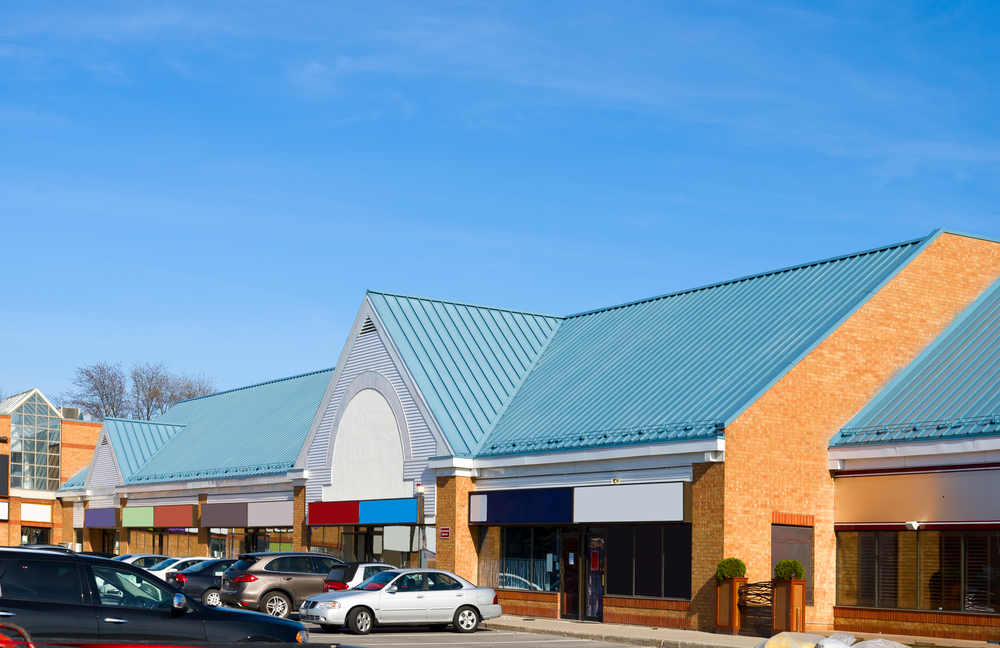Recent hurricanes have reminded all of us in the roofing industry that weather and environmental conditions can have a huge effect on your roof. There are many far more subtle conditions that exist and can cause detrimental conditions leading to premature roof failure: wind, rain, snow, freezing temperatures and heat. Each of these factors has a different effect on your roof and manifests itself in different ways. Understanding the effects of each condition and identifying the symptoms they reveal is critical to making the best roofing decisions and extending the life of your roofing asset.
Wind can cause roofs to perform (or fail to perform) in strange ways. While a roof is typically not designed to handle the wind speeds and pressure associated with a tornado or category five hurricane, it certainly should be able to withstand lower wind speeds and pressures. But how does wind affect your roof? Wind typically has its greatest effect on roofs at the perimeter edge and corners. It is at the edge of a building where the wind often creates a negative pressure or a suction force. This can place pressures on the edge and, if details are not adequately secured, it can lead to the roof peeling. Through repeated wind cycles, edge details can loosen and the roof system will begin to fail. Wind events also cause roofing issues that are associated with debris, tree branches or parts of mechanical units blowing across your roof causing punctures, damage and leaks in their wake.
Rain can also place pressure on the performance of the roof system. It is the function of the roof to properly channel rain off of the top of the building. Water that is not removed from roof surfaces can lead to many future problems including those associated with the long-term roof performance and weight load problems. To shed water from the building, the roof must have a proper drainage system. This includes being sure there is slope to the drains or gutters and that the drainage system is properly sized to handle the rain storms that are typical of the geographical area of the building. Common calculations can be performed to determine if the number of drains, size of the gutters and the amount of downspouts or drain lines are sufficient to meet the needs of your building.
Snow brings about a unique set of roofing challenges. When there is a substantial snow event, the weight of the snow can place stress on the building structure that it may not have been originally designed to hold. This condition can be exacerbated when drifts cause large piles of snow to accumulate in one area of the roof. Extended accumulation of snow and drifts, if not removed quickly, may lead to the structural integrity of the building being compromised. When snow levels get to a critical point, snow removal needs to take place. Using a roofing contractor to perform this removal is important. Snow removal procedures should be done with an understanding of what rooftop pipes, equipment and skylights are in place and their location. Additionally, those removing the snow should be secured with fall protection and knowledgeable in methods that don’t damage the roof surface.
Freezing temperatures also place unique pressures on the roof system. When water freezes, it expands. This places stress on the roof if there is any moisture present. It is for this reason that it is so important that drain lines, gutters and downspouts, along with other drainage system components, remain open and unencumbered during freezing conditions. If these conditions exist, a steaming process can be done to eliminate ice blockage of drainage areas.
Heat also places stress on a roofing system. In the case of bitumen based roofing systems, it can accelerate the leaching of the light oils from the bitumen. This can allow premature deterioration of the water resistance characteristics associated with these products. With single ply roof systems, heat can lead to premature plasticizer migration in PVC membranes causing its life cycle to be shortened. Heat can also adversely affect other single ply roof systems as well. An obvious adverse effect of heat on the roof is the added load it places on the air conditioning system. Before installing a roof, understand how the roof membrane and the type and amount of insulation can affect both your heating and cooling costs. These evaluations are readily available and can be provided at little or no cost.
Mother Nature is tough and is ultimately going to get the best of any roof system! The only question is how long can you keep her at bay and delay the need for a new roof. Understanding the environmental effects she places on a roof and putting preventative maintenance programs and procedures in place to slow the deterioration is money well spent.


